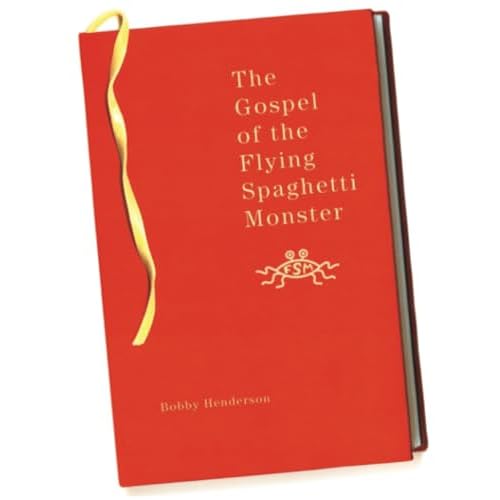 Shimba is the latest member of our elephant family. We fostered Shimba in September 2006. He was just two months old baby at that time. Shimba was found near his dead mother trying to raise her up. His mother's trunk had been severed (probably after being caught in a wire snare) limiting her ability to forage. That and the fact that she had just given birth to a baby bull elephant had weakened her and probably was the cause of her death. Click here to read the full story of Shimba's discovery and arrival at the Nairobi Nursery run by the David Sheldrick Wildlife Trust. Shimba is a healthy and playful baby now and is in good company and care.
Shimba is the latest member of our elephant family. We fostered Shimba in September 2006. He was just two months old baby at that time. Shimba was found near his dead mother trying to raise her up. His mother's trunk had been severed (probably after being caught in a wire snare) limiting her ability to forage. That and the fact that she had just given birth to a baby bull elephant had weakened her and probably was the cause of her death. Click here to read the full story of Shimba's discovery and arrival at the Nairobi Nursery run by the David Sheldrick Wildlife Trust. Shimba is a healthy and playful baby now and is in good company and care.The other elephant member of our family is little Lualeni - who has been mentioned on this blog before. Lualeni has now graduated from the nursery and has been transferred to a group of slightly older elephants (the Ithumba unit) living in closer proximity to her ultimate destination - the jungle. She is enjoying the mud baths, wading in ponds and the great green salad bar over there.
Media Coverage for David Sheldrick Wildlife Trust:
In a previous post I wrote about the BBC documentary titled "Elephant Diaries" about the elephant nursery operated by Sheldrick Wildlife Trust. The BBC team went back to film an update [read more] on the documentary in July '06 and "Elephant Diaries II" will air on the BBC sometime soon.
Sky News also ran a story about the elephant nursery on January 22, '07. You can watch the video clip here (you may require Windows media player 10.0). The clip features Shimba along with other baby elephants - Lesanju, Lempaute & Gladessa. Dame Daphne Sheldrick - the founder of the nursery - talks about the impact of ivory trade on the elephant conservation efforts in Africa.
Please learn more about the Sheldrick Wildlife Trust and support their efforts in any way possible.
An elephant sanctuary in the U.S.:
While browsing the WWW I recently discovered that there is an elephant sanctuary in Hohenwald, Tennessee. The sanctuary was founded in 1995 by Carol Buckley and Scott Blais. The mission of the sanctuary is to provide a natural habitat and care for sick, old and retired circus and zoo elephants:
The Elephant Sanctuary in Hohenwald, Tennessee, is the nation's largest natural-habitat refuge developed specifically to meet the needs of endangered elephants. It is a non-profit organization, licensed by the U.S. Department of Agriculture and the Tennessee Wildlife Resources Agency, designed specifically for old, sick or needy elephants who have been retired from zoos and circuses. Utilizing more than 2700 acres, it provides three separate and protected, natural-habitat environments for Asian and African elephants. Our residents are not required to perform or entertain for the public; instead, they are encouraged to live like elephants. (read more)The use of animals for entertainment in circuses is a cruel practice. I have mixed feelings about keeping animals in zoos as well. However, The Elephant Sanctuary's mission is admirable because it finally gives these elephants a chance to experience life in a natural habitat, a thing that was robbed from them when they were captured. The sanctuary serves a very important role in conservation and education.
Visit their website or watch an informational video [11 min., plays in RealPlayer] about The Elephant Sanctuary. You can also watch the "Elecam" which is a live video feed from the sanctuary.
Other Elephant news:
:: In a recent study elephants in the New York zoo passed the "mirror test" [video] for "self awareness". Elephants now joint humans, apes and dolphins - the only other mammals who possess such awareness.
:: In bit of older pieces of news, another study found that elephants remember - or rather recognize their own kind among the dead - a trait that was previously thought to be uniquely human.
:: Stale news (but interesting nonetheless): Scientists used to think that there were two distinct species of elephants - The African Elephant (Loxodonta Africana) and the Asian Elephant (Elephas Maximus). DNA tests have revealed [article link] that there are two distinct species of African elephants - the African Savanna elephant (Loxodona Africana) and the African forest elephant (Loxodonta Cyclotis). The forest elephant was previously thought to be a sub-species of the African elephant. Out of these the Asian Elephant is classified as endangered while African Elephant is classified as vulnerable species on the IUCN red list.
Here is a quiz question before I sign off..
How do you distinguish between African Savanna elephant and the African Forest elephant?
Technorati Tags: Elephants, Conservation, Africa





